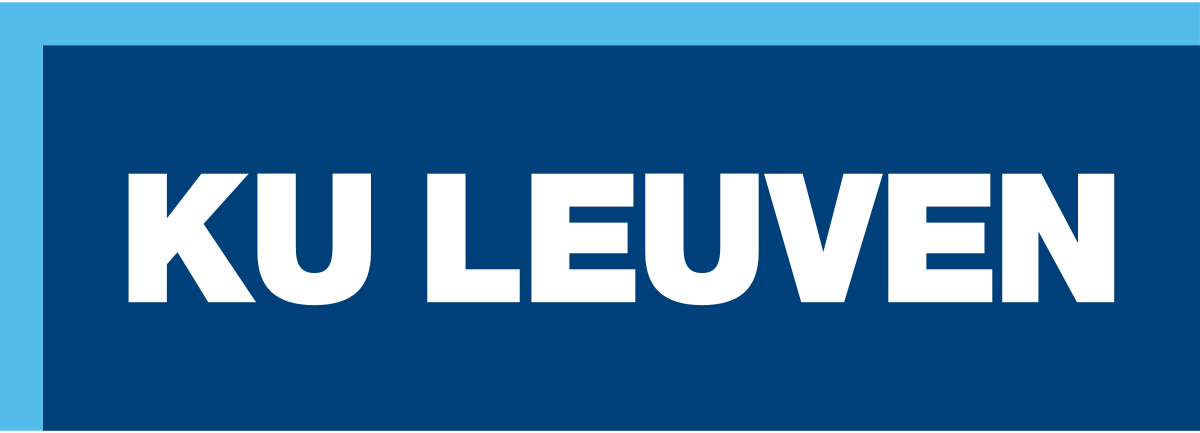KU Leuven experts lead way for hyper-accurate thorium clock
Today’s atomic clocks already keep time very precisely, but a nuclear clock could do even better. Such a clock is based on a special, unique form of the element thorium. In an experiment at the European particle lab CERN in Geneva, physicists from KU Leuven directly observed the process that makes the thorium clock ‘tick’. That’s a first. And an essential step in the development of a core clock, which, in addition to practical applications, also creates new possibilities for fundamental research.
Where the ‘ticking’ of an atomic clock is determined by electrons jumping between different energetic levels, in a nuclear clock this is done on the basis of energetic jumps of nuclear particles (protons and neutrons). Because the nucleus of an atom is usually many times smaller than the entire atom, a core clock is more stable and less sensitive to environmental factors than an atomic clock. And therefore taps them even more precisely. At least that is the case in theory, because we do not yet have a core clock.
Still, it seems only a matter of time before atomic clocks will compete with nuclear clocks. These would then be thorium bells, based on a specific appearance of this element, namely thorium-229m. This form is extremely special and even unique on the nuclide map, say the extended version of Mendeleev’s table in which the known isotopes are also listed for each element (isotopes are different forms of the same element).
Whereas a lot of energy is usually required in an atomic nucleus to bring a proton or neutron to a different, higher energy level, this is not the case at all with the transition from thorium-229 (the energetic ‘ground state’ of this thorium isotope) to thorium-229m. Like this. The energy required is so small that it corresponds to radiation still close to the visible spectrum – a form of ultraviolet radiation that propagates only in a vacuum. Thorium-229m can therefore be obtained with a laser based on this radiation from thorium-229. This transition is precisely the basis of the ticking of the ‘thorium clock’.
First: ‘ticking’ of thorium clock observed directly
In an experiment at the European particle laboratory CERN, in Geneva, an international group of physicists led by researchers from KU Leuven has now been able to detect the ultraviolet radiation emitted at the reverse transition, when thorium-229m spontaneously reverts to its ground state, thorium-229 . This is a first for the researchers, because for the first time they could directly observe the process that makes the thorium clock tick. In addition, they were also able to determine the energy of the transition very accurately, precisely by measuring the wavelength of the emitted radiation. The results of the experiment have been published in the journal Nature .
The first took place at the ISOLDE facility, one of CERN’s oldest labs. Experiments have been carried out there for decades with beams of radioactive, unstable particles. An international team led by Piet Van Duppen and Mark Huyse (Institute for Nuclear and Radiation Physics) and André Vantomme and Lino Pereira (Quantum Solid State Physics) came up with the idea of creating thorium-229m in a radically different way in ISOLDE . Where this is normally done on the basis of uranium, the nuclear physicists now used the radioactive element actinium. “Because actinium is short-lived, this method can only be applied in specialized labs such as ISOLDE,” says Sandro Kraemer, who recently obtained his PhD on this research at KU Leuven. “An important advantage is that there is much less background radiation.
Core clock prototype in the making
After the thorium-229m had been produced, the nuclei were implanted into crystals – solid-state structures. This immediately opened up a track for the actual development of a prototype of a thorium clock. “The implantation in crystals makes it possible to bring together a lot of thorium nuclei in a relatively small volume,” says Professor Piet Van Duppen. “This will make it possible to make small core clocks in the future.” Such a miniature core clock would be interesting, among other things, for GPS satellites, which will therefore be able to determine positions on the earth’s surface even more precisely.
But a core clock can also have very different applications, for example in fundamental physics. “In addition to the electromagnetic force, the two nuclear forces also play a role in a core clock. This makes them excellent laboratories for further study of these three fundamental forces, and especially their interactions with matter,” Van Duppen concludes.

